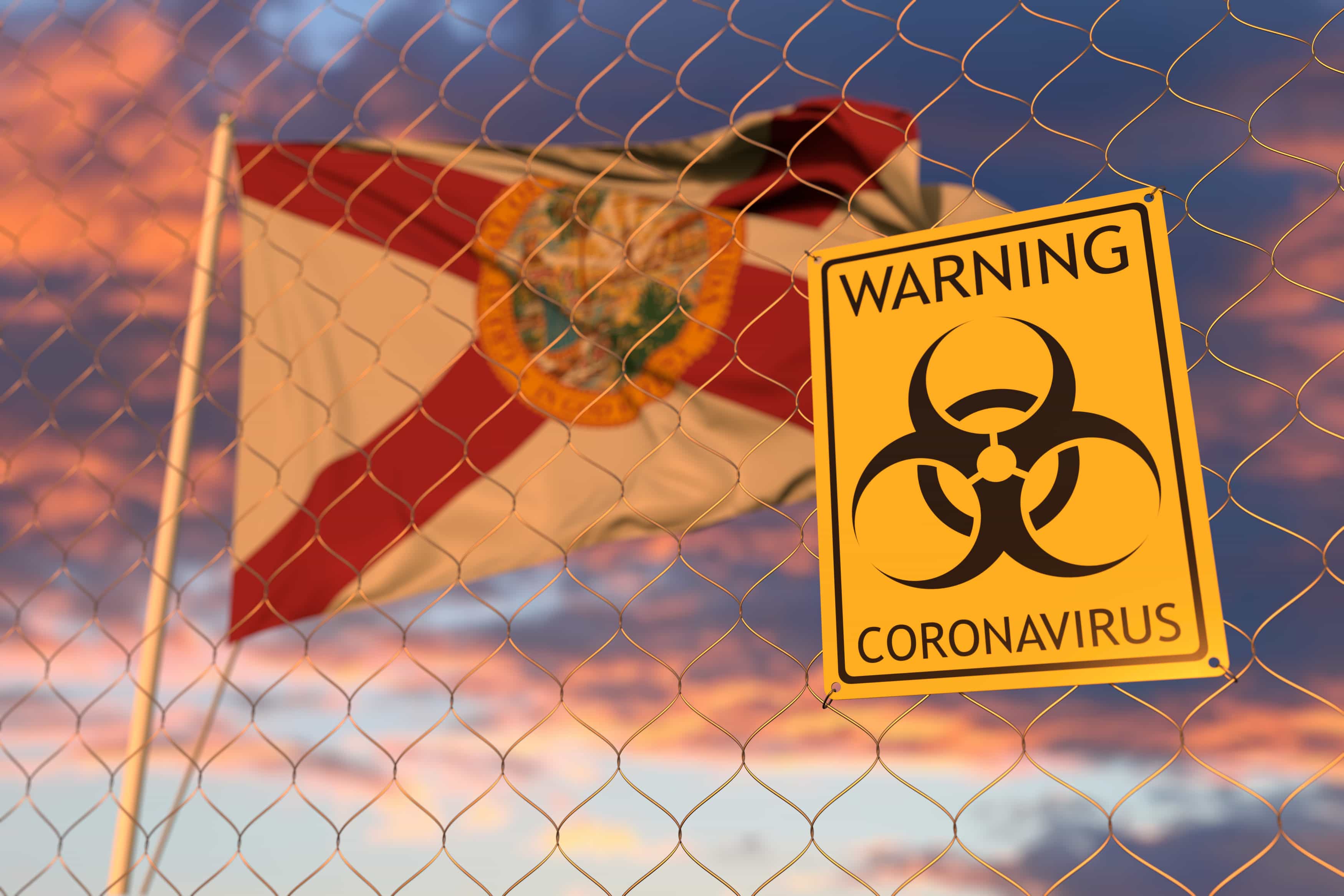- coronavirus
- coronavirus deaths
- coronavirus hospitalizations
- coronavirus pandemic
- coronavirus testing
- coronavirus vaccine
- COVID-19
- COVID-19 deaths
- COVID-19 hospitalizations
- COVID-19 pandemic
- COVID-19 testing
- COVID-19 vaccine
- COVID-19 virus
- Department of Health
- DOH
- FDOH
- Featured Post
- Florida Department of Health
- new coronavirus
- novel coronavirus

State health officials reported 8,198 COVID-19 diagnoses and 99 deaths tied to COVID-19 Monday.
The Department of Health shows a total of 1,280,177 positive cases and 21,613 deaths. Of those cases, 21,862 are nonresidents, as are 305 of the deaths.
Through Monday morning, 122,881 people have been vaccinated.
Daily new cases have routinely topped 10,000, and Florida became the third state to record more than 1 million cases this month.
For all-day Sunday, the latest complete day for which data is available, officials counted 8,057 cases from 84,568 residents tested, continuing a dip in diagnoses and daily testing that began Friday, on Christmas Day. Among the new positives, the median age was 42.
Those days also saw an increasing share of tests return positive. On Thursday, Christmas Eve, the positivity rate was at 7.89%, a two-week low. However, that rate was 11.08% Sunday, the highest since late July.
COVID-19 cases and deaths reported by state health officials can sometimes be reported days or weeks later.
Over the summer, Gov. Ron DeSantis shifted the state’s data focus away from the raw count and percent positivity rates, pointing instead to hospital visits with symptoms related to COVID-19 as his preferred metric.
After peaking at 15,999 coronavirus-related hospitalizations the week of July 5, DOH reported that hospitalizations declined. For eight consecutive weeks as of two weeks ago, the state has recorded week-over increases in hospitalizations.
Last week showed a downturn in new hospitalizations, from 9,632 two weeks ago to 9,529 last week. Officials may still update last week’s count and instead show an increase, as has happened in recent weeks.
As of Monday, 61,663 Floridians have been hospitalized after DOH recorded 204 new hospitalizations, a relatively low single-day increase. The Agency for Health Care Administration reports that 6,110 people are currently hospitalized with the disease.
By comparison, 2,081 people were hospitalized with primary diagnoses of COVID-19 on Oct. 1; 2,371 were hospitalized on Nov. 1; 4,282 were hospitalized on Dec. 1; and 5,514 were hospitalized on Dec. 21, according to information The News Service of Florida has compiled from the agency’s website.
Monday marks the third week of Florida’s vaccine rollout. People 65 and older as well as people hospitals deem extremely vulnerable to COVID-19 will be the next cohort to be vaccinated.
The United States has seen a nationwide surge in coronavirus cases that has disproportionately affected the Upper Midwest.
Florida, the third most populous state, is only behind California and Texas in the total count of new cases. Officials in California have reported 2.16 million cases, including a record high 53,711 in an update last week, while officials in Texas have confirmed 1.48 million cases.
Nine months prior to crossing 1 million infections, after officials confirmed the first COVID-19 cases in Florida on March 1, DeSantis ordered Surgeon General Scott Rivkees to declare a public health emergency in the state. Eight days after the emergency declaration, DeSantis issued a state of emergency, and both orders remain ongoing.
After the initial outbreak of new cases, at a time when access to coronavirus testing was low, officials had identified about 20,000 COVID-19 cases in Florida, recording just over 1,300 cases in a single day. After outbreaks subsided throughout April and May, cases began spiking in June and peaked at more than 15,000 cases in mid-July. In July alone, officials confirmed more than 300,000 new cases and the state’s total reached 470,386 by the end of the month.
Since October, cases have been on the rise again. The latest resurgence in coronavirus outbreaks has been a gradual increase in daily cases as opposed to the spike observed in the summer.



